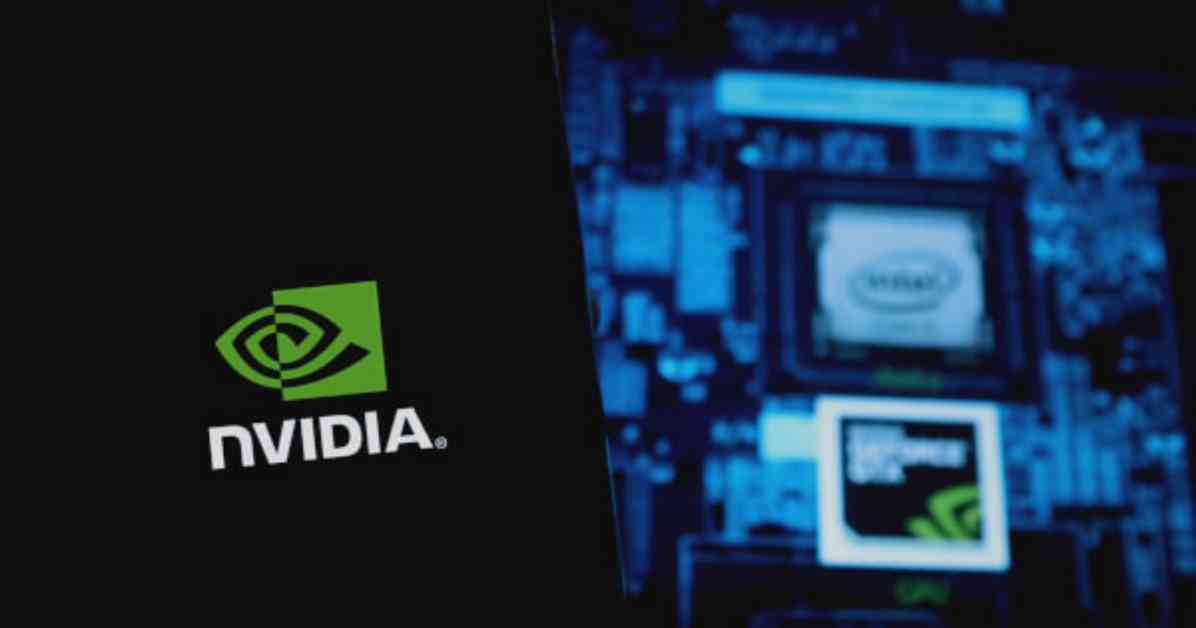NVIDIA and Microsoft Redefine Gaming with Revolutionary Neural Shading Technology
At the recent Game Developers Conference (GDC), NVIDIA and Microsoft joined forces to introduce a groundbreaking neural shading technology that is set to revolutionize the world of gaming graphics as we know it. This collaboration between two tech giants aims to incorporate AI Tensor Cores from NVIDIA GeForce RTX™ GPUs into Microsoft’s DirectX preview, with an anticipated release date in April. By integrating these cutting-edge technologies, the gaming experience is expected to elevate to new heights, with accelerated neural networks seamlessly integrated into a game’s graphics pipeline.
The Fusion of AI and Traditional Rendering Methods
Neural shading technology represents the fusion of artificial intelligence with conventional rendering methods, promising a significant boost in frame rates, enhanced image quality, and decreased strain on system resources. Shawn Hargreaves, the Direct3D development manager at Microsoft, has emphasized the immense potential of this collaboration to drive forward graphics programming across the entire gaming industry. This innovative approach is poised to redefine the way games are developed and experienced, setting a new standard for visual excellence.
Unveiling the Latest NVIDIA RTX Kit Enhancements
In addition to the groundbreaking neural shading technology, NVIDIA has also unveiled a series of updates to the NVIDIA RTX Kit, including support for Unreal Engine 5 with RTX Mega Geometry and RTX Hair features. These enhancements empower developers to create games with unparalleled levels of intricacy in geometry, significantly enhancing the visual fidelity and realism of gaming environments. The introduction of these features represents a significant leap forward in the realm of game development, offering a glimpse into the future of immersive gaming experiences.
A Sneak Peek into the Future with Half-Life 2 RTX Demo
To showcase the capabilities of the latest neural rendering enhancements, NVIDIA is set to release a new playable demo of Half-Life 2 RTX on March 18. This demo will feature full ray tracing, NVIDIA DLSS 4 Multi Frame Generation, and other cutting-edge technologies that highlight the power and potential of neural shading technology. Gamers and developers alike can expect a glimpse into the future of gaming graphics, with lifelike visuals and unparalleled realism.
Celebrating a Milestone with DLSS 4
NVIDIA is celebrating a significant milestone with the availability of over 100 DLSS 4 games and apps. This technology, which was introduced with the GeForce RTX 50 Series GPUs, has seen rapid adoption within the gaming community, surpassing its predecessor, DLSS 3, in terms of widespread usage. DLSS 4 introduces Multi Frame Generation, leveraging AI to generate additional frames and deliver a substantial increase in frame rates, further enhancing the gaming experience for players around the globe.
In Conclusion
The collaboration between NVIDIA and Microsoft to introduce neural shading technology and expand the capabilities of DLSS 4 underscores their unwavering commitment to pushing the boundaries of gaming technology. With these advancements, the future of gaming looks brighter than ever, promising richer, more immersive experiences for gamers and developers alike. The era of revolutionary neural shading has arrived, ushering in a new age of gaming excellence that is sure to captivate audiences worldwide.














